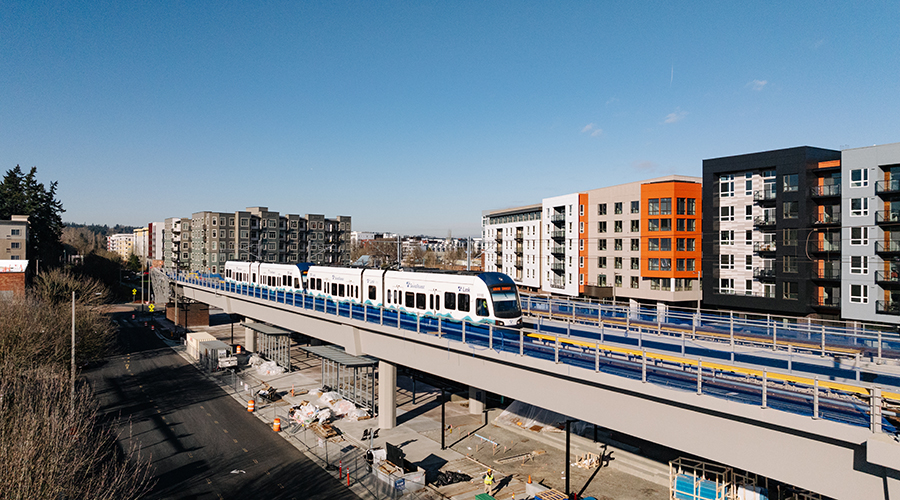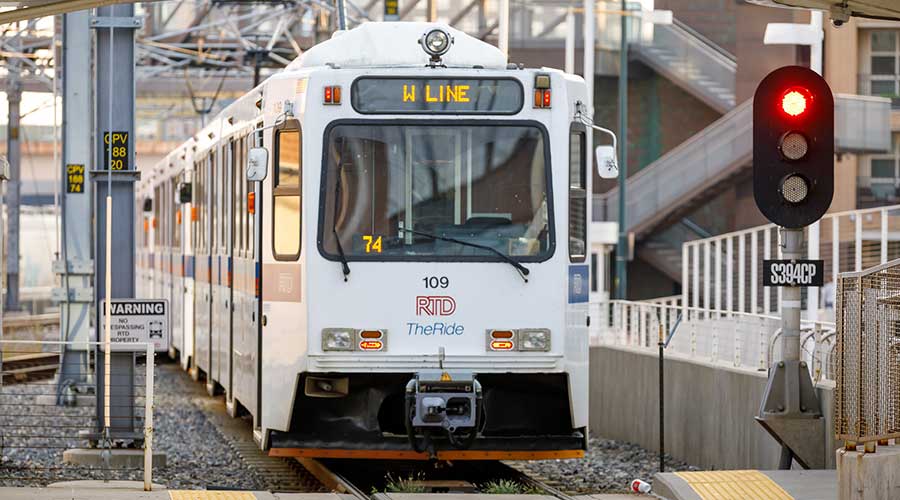Newsletter Sign Up
Stay updated on news, articles and information for the rail industry
Stay updated on news, articles and information for the rail industry
Rail News Home
Rail Industry Trends
Rail News: Rail Industry Trends
4/12/2011
Rail News: Rail Industry Trends
AAR: U.S. intermodal, carload volumes continued to climb in March
advertisement
Last month, U.S. railroads increased carloadings 3.4 percent to slightly less than 1.5 million units and boosted intermodal volume 8.5 percent to 1.1 million units compared with March 2010 levels, according to the Association of American Railroads’ (AAR) monthly “Rail Time Indicators” report.
March marked the 13th-straight month of carload gains, but the percentage increase was the lowest since early 2010, partly because of strengthening traffic volume in late year’s comparison month, according to the AAR. Intermodal volume rose for the 16th-consecutive month.
“We are seeing intermodal traffic make larger gains with the containerization trend continuing,” said AAR Senior Vice President John Gray in a prepared statement. “Containers accounted for 85 percent of intermodal traffic in the first quarter of this year.”
Overall, 15 of 20 commodity categories registered gains in March, led by metallic ores, up 45.8 percent; motor vehicles and parts, up 17.6 percent; pulp and paper products, up 16.2 percent, and petroleum and petroleum/coal products, up 14.5 percent. Chemical carloadings rose 10.2 percent and averaged 31,648 units per week — a record weekly average “likely due to increasing volumes of ethanol shipped largely by rail,” AAR officials said.
On a seasonally adjusted basis, March carloads rose 2 percent and intermodal volume inched up 0.5 percent compared with February levels
In terms of employment, Class Is added 1,198 employees in March, increasing the total U.S. Class I workforce to 154,502. As of April 1, 283,649 freight cars — or 18.7 percent of the U.S. fleet — remained in storage, down 22,667 cars from the count on March 1.
March marked the 13th-straight month of carload gains, but the percentage increase was the lowest since early 2010, partly because of strengthening traffic volume in late year’s comparison month, according to the AAR. Intermodal volume rose for the 16th-consecutive month.
“We are seeing intermodal traffic make larger gains with the containerization trend continuing,” said AAR Senior Vice President John Gray in a prepared statement. “Containers accounted for 85 percent of intermodal traffic in the first quarter of this year.”
Overall, 15 of 20 commodity categories registered gains in March, led by metallic ores, up 45.8 percent; motor vehicles and parts, up 17.6 percent; pulp and paper products, up 16.2 percent, and petroleum and petroleum/coal products, up 14.5 percent. Chemical carloadings rose 10.2 percent and averaged 31,648 units per week — a record weekly average “likely due to increasing volumes of ethanol shipped largely by rail,” AAR officials said.
On a seasonally adjusted basis, March carloads rose 2 percent and intermodal volume inched up 0.5 percent compared with February levels
In terms of employment, Class Is added 1,198 employees in March, increasing the total U.S. Class I workforce to 154,502. As of April 1, 283,649 freight cars — or 18.7 percent of the U.S. fleet — remained in storage, down 22,667 cars from the count on March 1.


 LRW Honors Amtrak’s Acheson As Railway Woman Of The Year
LRW Honors Amtrak’s Acheson As Railway Woman Of The Year
 From Editor-In-Chief Foran: Of Gender Equity And Inclusion
From Editor-In-Chief Foran: Of Gender Equity And Inclusion
 Spotlight On Some Of Today’s Rail Safety Products
Spotlight On Some Of Today’s Rail Safety Products
 Women of Influence in Rail eBook
Women of Influence in Rail eBook
 railPrime
railPrime







